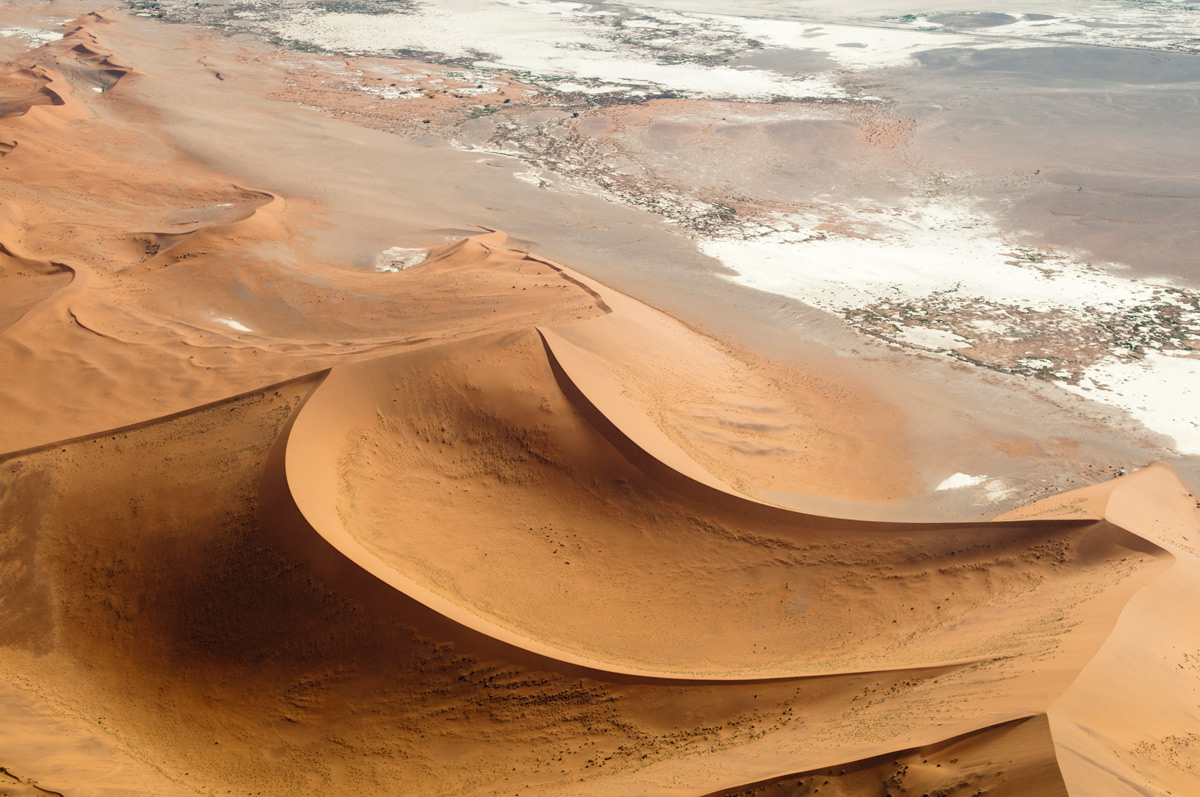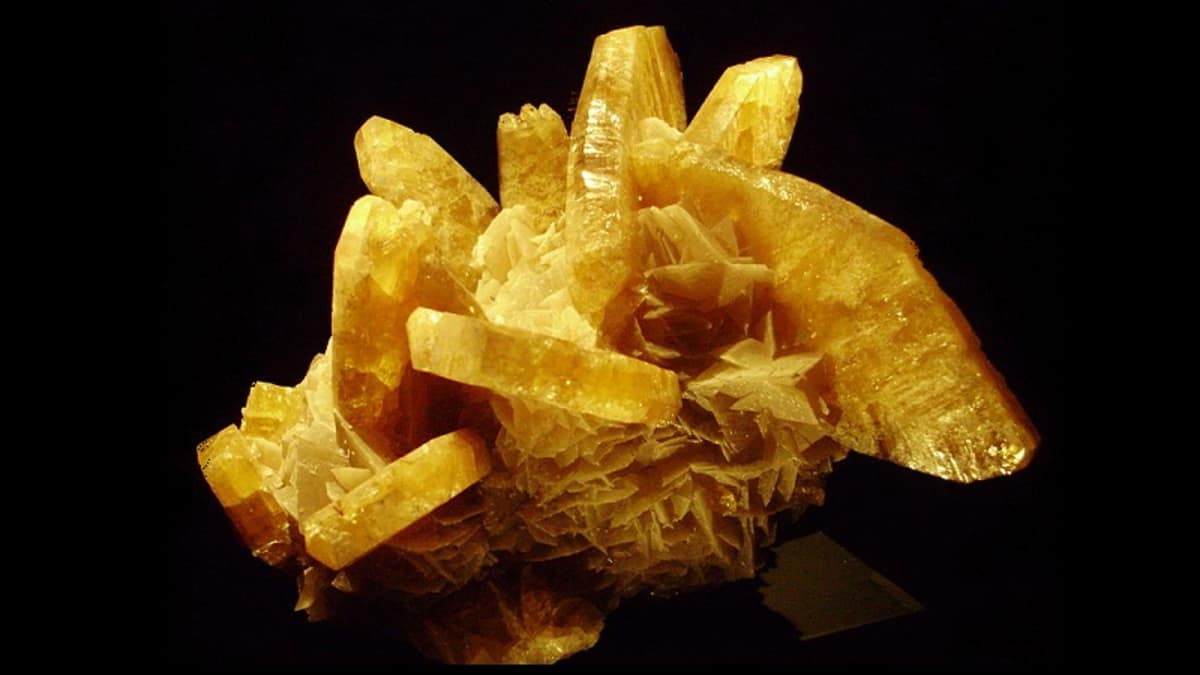
Parabolic dunes, also known as blowout dunes, are some of the most fascinating geological formations found in diverse landscapes around the world. These unique sand dunes are characterized by their distinct U or V shape, with their tips pointing towards the direction of prevailing winds. Formed by continuous wind erosion and the deflation of sand from their centers, parabolic dunes have captivated geographers and nature enthusiasts alike with their mesmerizing beauty and impressive size.
In this article, we will delve into the intriguing world of parabolic dunes and explore nine captivating facts about them. From their formation and location to their ecological significance and dynamic nature, you will gain a deeper understanding of these remarkable geographic wonders and the roles they play in shaping our planet’s ever-changing landscape.
Key Takeaways:
- Parabolic dunes are shaped by wind and vegetation, playing a vital role in coastal protection and providing habitats for various species. They are delicate and need conservation efforts to preserve their beauty and significance.
- Parabolic dunes are not only visually captivating but also symbolize strength and resilience in various cultures. They are a photographer’s paradise and attract scientists studying their dynamics for insights into climate change impacts.
The Formation of Parabolic Dunes
Parabolic dunes, also known as blowout dunes, are fascinating landforms that are shaped by wind erosion and deposition. These dunes are characterized by their crescent or U-shaped form with the concave side facing into the wind. The formation process starts with loose sand being transported by strong winds and deposited on the downwind side, while the sand on the upwind side is eroded away, creating a depression. The unique shape of parabolic dunes makes them a captivating and distinct feature in many deserts and coastal areas.
The Role of Vegetation
One of the intriguing aspects of parabolic dunes is the role of vegetation in their formation and stabilization. Unlike other types of dunes, parabolic dunes are often anchored and stabilized by vegetation, most commonly grasses and shrubs. The presence of vegetation helps to trap sand and prevent it from being further eroded by the wind. This interaction between wind, sand, and vegetation creates a delicate balance that contributes to the long-term preservation of parabolic dunes.
The Connection to Coastal Environments
Parabolic dunes are commonly found in coastal environments, particularly in areas where strong onshore winds prevail. These dunes play an important role in protecting the land against coastal erosion. Their shape and vegetation prevent sand and sediment from being carried away by the wind, acting as a natural barrier and shield against the forces of the ocean. Parabolic dunes form an integral part of coastal ecosystems, providing habitats for a range of plant and animal species.
The Importance of Size and Scale
Parabolic dunes can vary significantly in size and scale, ranging from small dunes found in deserts to larger dune systems along coastlines. The size of these dunes is influenced by several factors, including wind strength, sediment availability, and geological features of the landscape. The scale of parabolic dunes can be truly awe-inspiring, with some dunes reaching heights of up to several hundred feet. These colossal dunes serve as a testament to the incredible power of wind and the forces that shape our planet.
Famous Parabolic Dunes Around the World
Parabolic dunes have captured the imagination of people around the world and have become popular tourist attractions. One of the most famous examples is the Great Sand Dunes National Park and Preserve in Colorado, USA. This expansive dune field features stunning parabolic dunes that can be explored and hiked. Another renowned site is the Lençóis Maranhenses National Park in Brazil, where vast stretches of pristine white sand dunes form a surreal landscape.
The Symbolic Significance of Parabolic Dunes
Parabolic dunes have held symbolic significance in various cultures throughout history. They are often associated with strength, resilience, and adaptability. The curvature of the dunes reflects the ability to withstand powerful winds and adapt to changing environments. Some cultures also perceive parabolic dunes as spiritual or sacred sites, adding an extra layer of mystique and reverence.
Scientists Studying Parabolic Dune Dynamics
The study of parabolic dunes has attracted the attention of scientists and researchers. By investigating the dynamics of these dunes, they gain insights into the complex interplay between wind patterns, sediment transport, and vegetation dynamics. This knowledge is crucial for understanding the impacts of climate change on dune formation and preservation, as well as informing land management and conservation strategies.
A Photographer’s Paradise
Parabolic dunes offer photographers a captivating subject with their dramatic shapes and lines. The interplay of light and shadow on the sand creates a mesmerizing visual effect, making parabolic dunes a favorite location for landscape photographers. Whether capturing the vastness of a desert dune or the tranquil beauty of a coastal dune, these natural formations provide endless creative opportunities for photographers.
The Fragile Nature of Parabolic Dunes
Despite their grandeur, parabolic dunes are delicate and susceptible to disturbances. Human activities such as off-road vehicles, sand mining, and construction can disrupt the intricate balance of these dunes, leading to erosion and habitat loss. It is crucial to prioritize the protection and conservation of parabolic dunes to ensure their continued existence for future generations to appreciate and enjoy.
Conclusion
In conclusion, parabolic dunes are fascinating geological formations that possess unique characteristics and have a significant impact on the surrounding environment. These crescent-shaped sand dunes are formed by the combined forces of wind, gravity, and vegetation, creating stunning landscapes all around the world.
Their captivating nature lies in the intricate processes that shape them, as well as the diverse flora and fauna that often thrive in their sheltered valleys. Whether you come across a parabolic dune while exploring deserts, coastal areas, or even certain inland regions, take a moment to appreciate the beauty and complexity of these natural wonders.
Next time you encounter a parabolic dune, remember the nine captivating facts about them and take the opportunity to learn more about their formation, unique characteristics, and ecological significance. Parabolic dunes are a reminder of the incredible power of nature and its ability to shape the world around us.
FAQs
1. How are parabolic dunes formed?
Parabolic dunes are formed through a combination of wind, gravity, and vegetation. Initially, strong winds blow sand particles into a linear or crescent-shaped dune. Over time, vegetation such as grasses or shrubs stabilizes the front of the dune, causing the sand to accumulate in the back, forming the distinct parabolic shape.
2. Where can parabolic dunes be found?
Parabolic dunes can be found in various locations, including deserts, coastal areas, and certain inland regions. Some famous examples include the Mesquite Flat Sand Dunes in Death Valley National Park, USA, and the Sossusvlei Dunes in Namib-Naukluft National Park, Namibia.
3. How tall can parabolic dunes get?
The height of parabolic dunes varies, but they can reach impressive heights of up to 100 meters or more. The specific height depends on factors such as wind strength, sediment supply, and the presence of vegetation.
4. What is the ecological significance of parabolic dunes?
Parabolic dunes provide essential habitat for a diverse range of plant and animal species. The sheltered valleys between the dunes create microclimates that support unique ecosystems. Additionally, the vegetation on the dunes helps to stabilize the sand, preventing erosion and providing a foundation for other forms of life.
5. Can you climb parabolic dunes?
In certain areas, climbing parabolic dunes may be permitted and even encouraged. However, it is important to check local regulations and guidelines to ensure the preservation of these fragile ecosystems. It is crucial to tread lightly and avoid disrupting the natural balance of the dunes.
Was this page helpful?
Our commitment to delivering trustworthy and engaging content is at the heart of what we do. Each fact on our site is contributed by real users like you, bringing a wealth of diverse insights and information. To ensure the highest standards of accuracy and reliability, our dedicated editors meticulously review each submission. This process guarantees that the facts we share are not only fascinating but also credible. Trust in our commitment to quality and authenticity as you explore and learn with us.


